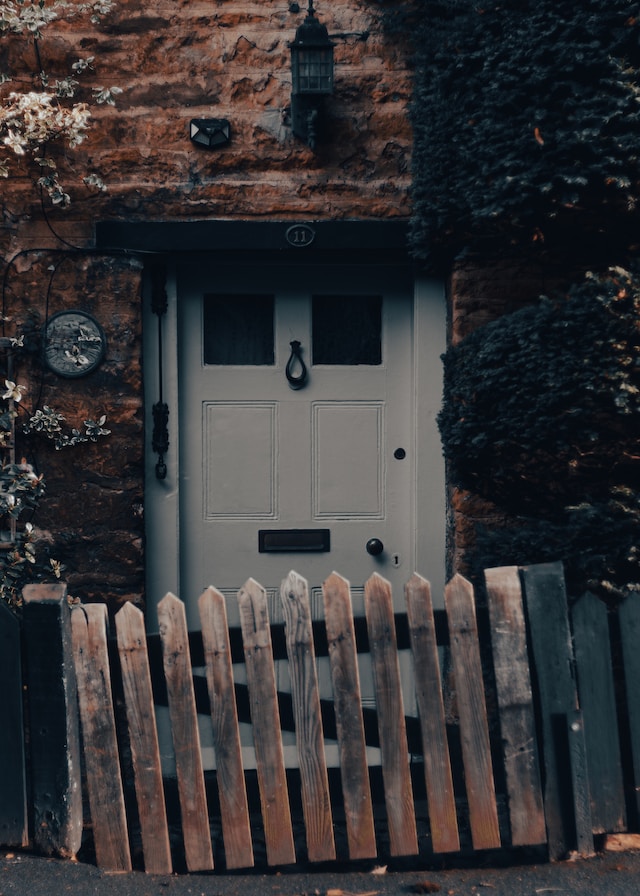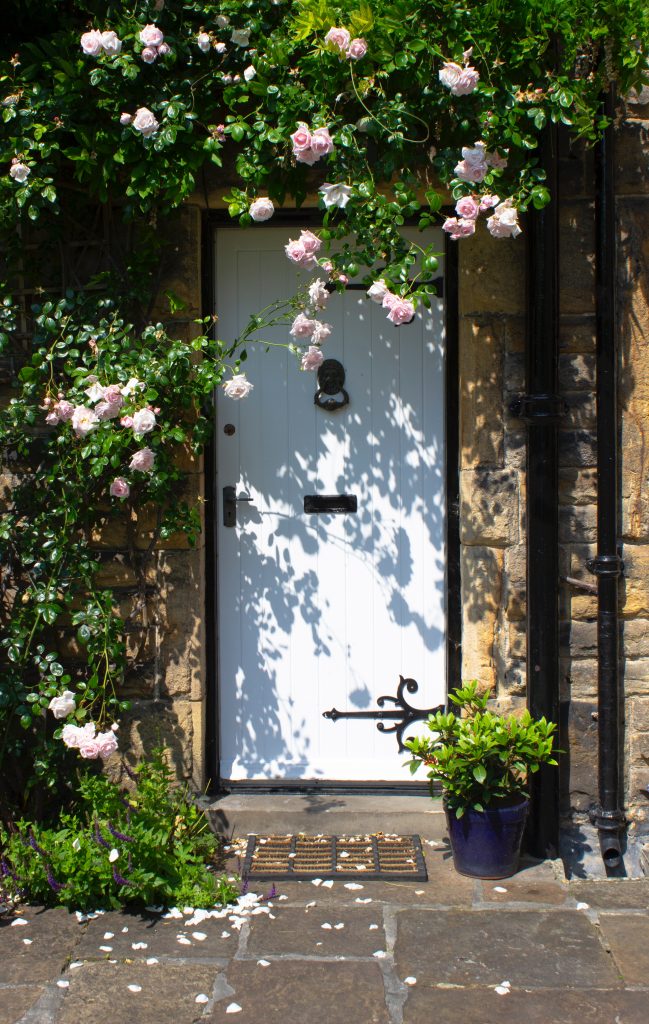2015
Home improvement on a budget with decorative plastic shutters
Giving the outside of your house a makeover needn’t cost the earth. Exterior decorative shutters are one way to completely change the appearance of your home inexpensively and quickly.
Plastic decorative window shutters are relatively low-priced and easy enough to install yourself. They’re a great way to give your house a facelift, creating a very different look and feel for very little investment and trouble.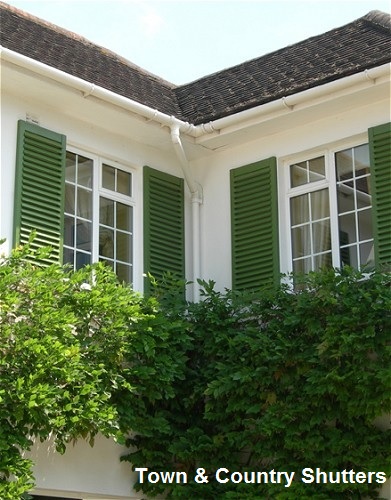
What are plastic decorative shutters?
The kind of exterior shutters you find in France and around the Mediterranean are traditionally made from wood and mostly functional. They are designed to provide shade and security as well as enhance aesthetic appeal. Windows on houses in France and mainland Europe are idyllic for functional shutters as they tend to be taller and narrower, have deep recesses and open inwards.
The UK is not prone to the extreme weather conditions experienced elsewhere in the world and there is only occasional requirement for shade. Window configuration in the UK is not ideal for fully functional shutters as windows tend to be wider, less heavily recessed and open outwards, making it impossible to close the shutters. Consequently, many shutters in the UK tend to be purely ornamental for visual effect.
Decorative shutters do not need to be as heavy and robust as shutters that actually work. Decorative shutters are generally made of synthetic materials that are then coloured or painted to resemble wooden ones. Decorative shutters come in a wide range of designs, materials and colours and are generally more cost effective than shutters made of wood but offer the same look and appeal.
Typical materials
Plastic shutters are usually made from synthetic materials such as styrene or polypropylene. Styrene shutters are available either pre-coloured or in a paintable form. The paintable variety offers great flexibility as it allows you to match to an existing colour scheme whilst also allowing you to change the colour in the future should you wish to. The molecular composition of styrene plastic allows it to ‘hold’ the paint so it will not crack or flake off as happens with wooden shutters that have not been maintained. Because styrene does not absorb water and does not decay in the same way as wood there is nothing to get underneath the paint to lift it. Therefore, once the paint is applied it stays on for good.
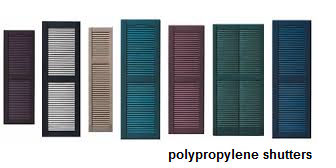
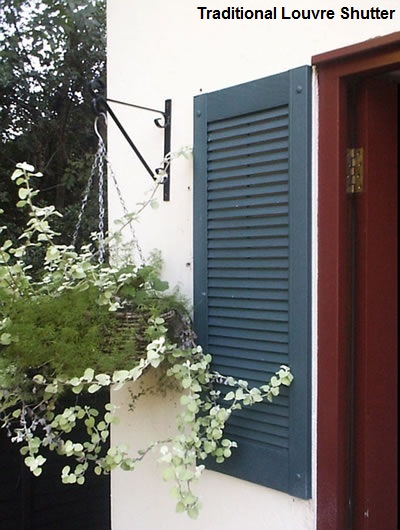
Polypropylene shutters cannot be painted. This is because most paints cannot expand or contract with the material. Additionally the smooth molecular texture of polypropylene prevents the paint from gripping onto the surface causing it to crack and peel off.
Shutters made from polypropylene are self-coloured with the pigment being part of the material itself and not an applied coating. The material is in most cases protected by a UV stabiliser called Titanium Dioxide (Ti02). Ti02 will prevent colours from bleaching out and the material degrading from the effects of ultra violet light (UV).
Plastic shutters can also be made from a material known as ‘synthetic wood’. This is a mixture of synthetic materials (polymers) that replicates the look and feel of wood. This material can be worked by a carpenter in exactly the same way as timber. Once painted in UV stabilised weather durable paint, the finish is indistinguishable from shutters made from timber and look every bit as good.
Pros and cons of choosing plastic over wood
Most plastic shutters require very little maintenance. If your shutters are made of paintable styrene you can take them down and repaint them to freshen them up or change the colour should you want to. Polypropylene shutters cannot be painted so there is little to do other than to clean them. Plastic shutters are generally less expensive and certainly longer lasting than unmaintained soft woods.
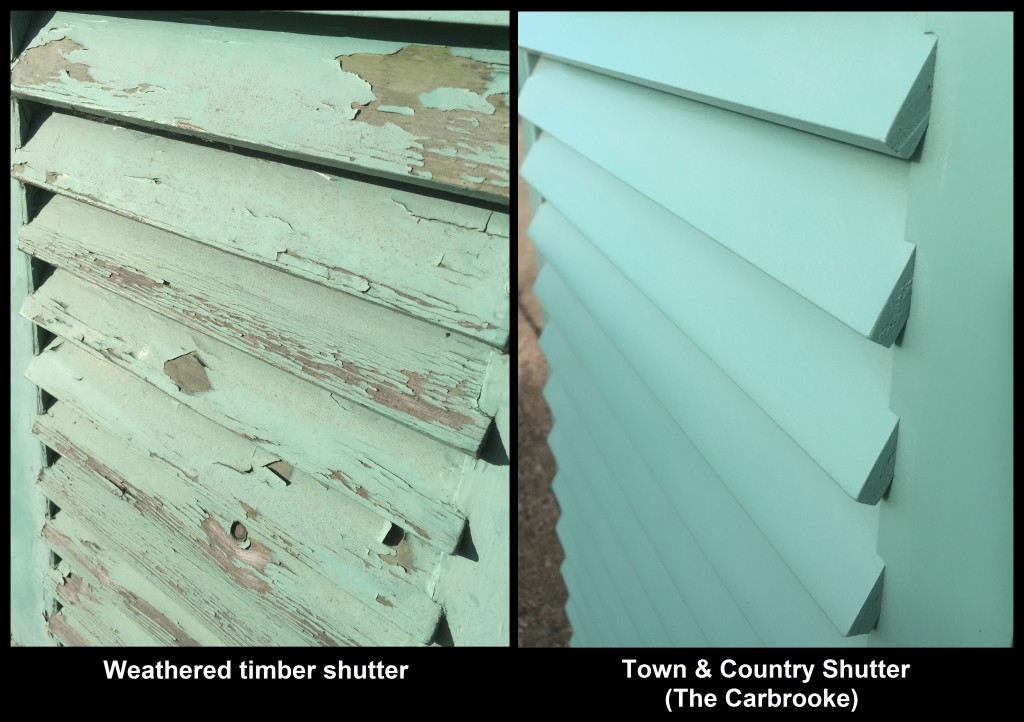
Shutters made from timber will require periodic maintenance throughout their lifetime to keep them in good condition. If your timber shutters get wet they will eventually rot as mould grows on wet timber. It is this mould that will eat away at the wood. Regular inspection and repainting is essential to keep the wood in good condition.
Installing plastic shutters
Plastic shutters are easy to install yourself, with a few tools and a little DIY knowledge. It is simply a case of making sure your shutters are aligned correctly and then securing them in place using either screws or shutters spikes. For in depth instructions on installing shutters and for handy tips please visit the following links.
simplyshutters.co.uk/installation_instructions.php
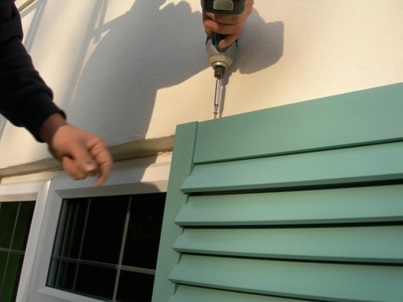
Choosing your plastic shutters
With such a wide variety of different styles and colours available on the market there’s definitely an option to suit your home. With prices starting from as little as £48 per pair it is possible to suit smaller budgets and a great way to increase the kerb appeal and value of your home.

